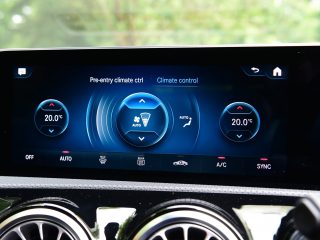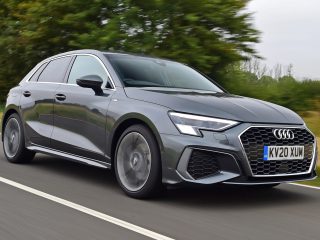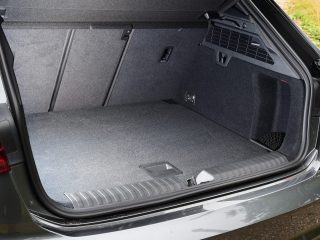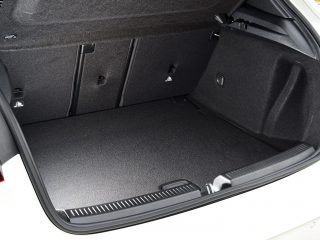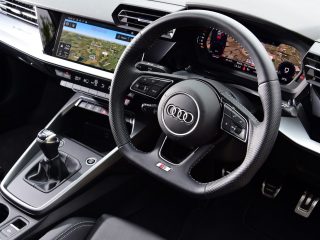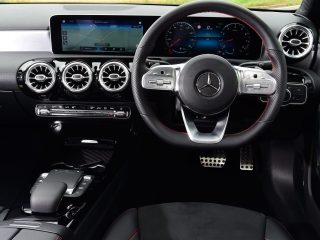The Audi A3 and Mercedes A-Class are strong competitors in the premium hatchback market – we find out which is best.
The Audi A3 is one of the company’s strongest nameplates, hence the model’s near 25-year life span. Over that time there have been three generations of the premium brand’s family hatch – and the one you see here is the fourth.
While what the car offers has evolved over the years, moving with the trends, the space in the market it occupies is still the same. This is a car that aims to blend the latest technology and high quality with refinement, comfort, strong driving dynamics and sharp design.
The Mercedes A-Class started life as an unusual looking pseudo-mini MPV, but this fourth-generation (its second as a conventional five-door hatchback) has really come of age. That means it’s the yardstick to judge the A3 by when it comes to tech and quality, and in these popular sporty trim levels, the result is sure to be close.
Audi A3
Audi is calling this the A3 4.0. Denoting its fourth generation, the A3 has more rivals than ever, and the A-Class is one of the best, so let’s see how the 35 TFSI S line model compares.
Design & engineering

In many areas the new A3 is a heavily refined version of its predecessor, but in others there has been significant progress. We’ll start with the former, because the A3 is still based on the VW Group’s MQB chassis architecture. However, there have been some small revisions to this new car that go hand-in-hand with developments elsewhere.
The track has been widened by 11mm at the front and rear, and this is matched by a sharper exterior look, albeit one that’s familiar as an A3. While all versions use MacPherson strut front suspension, our 110kW 1.5-litre turbo four-cylinder petrol model features a multi-link rear axle set-up. Lower-powered models feature a torsion beam.
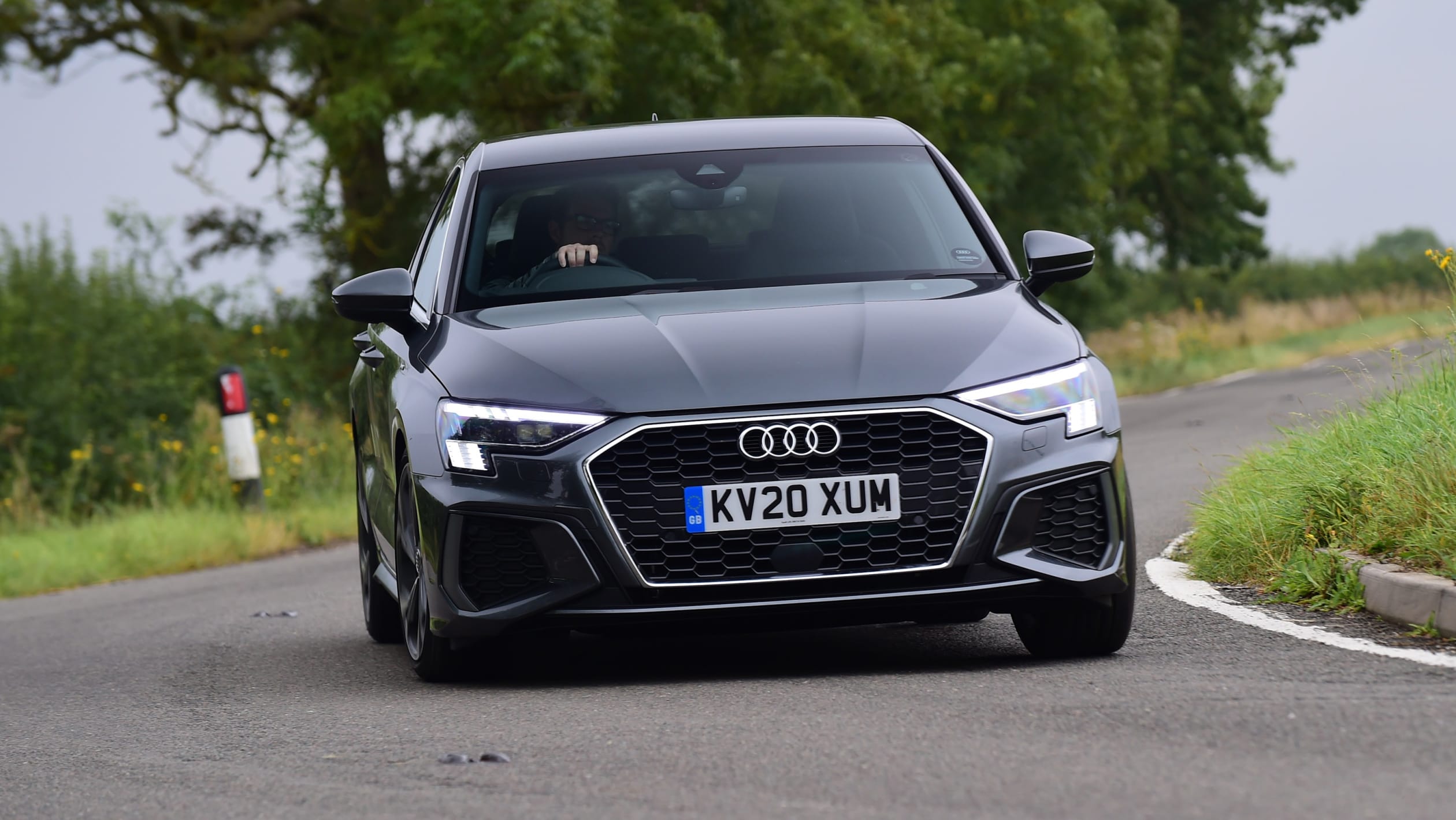
S line trim comes with sports suspension as standard, but you can opt for the regular set-up at no extra cost. We think this is a good thing, as you’ll see in the driving section below.
The 1.5 TFSI produces 250Nm of torque and features cylinder deactivation, but if you want the efficiency-boosting mild-hybrid tech of a 48-volt electrical system, it only comes with the dual-clutch S tronic transmission.
The body has also been enlarged compared with its predecessor, so it’s three centimetres longer, which creates more passenger space inside.
There’s been a refocus when it comes to interior styling as well, to help house the new infotainment system and standard digital dashboard. It’s similar to the Q3 SUV, but the A3 isn’t quite as stylish as the Mercedes inside. Quality is also poorer in areas; parts of the dash and doors are made of much harder plastic compared with the A-Class. While the A3 is the cheaper car it feels it in places. Yet much of the cabin is still nicely designed and executed, it’s just that the usual air of Audi quality isn’t quite as apparent here.
Driving
While quality in some areas could be better, the A3’s driving experience is sound. You sense the refinements because the ride is quiet and relatively comfortable, while the engine is smooth and only sounds slightly coarse when revved hard.
The steering is just as accurate as before, and roll is controlled well, despite the quick set-up, so it handles sweetly. There’s good grip and the A3 rarely feels like it loses control over its mass, yet the car rides smoothly enough on country roads, too even on the 18-inch alloys fitted to our test car.
The engine has a smooth torque delivery. You don’t feel it boost like a turbodiesel; instead it’s a predictable, linear surge that means you need to work the engine to higher revs to access the strength of its performance. But once it’s up there, the A3 is swift. The 0-100km/h sprint takes 8.4 seconds, which is a few tenths of a second slower than the more powerful Mercedes, but both cars are quick enough. The six-speed gearbox’s change is positive, too.
There are a few downsides. While the A3 is comfortable enough, absorbing small bumps nicely, it feels a little choppier than the more composed A-Class (we also tried an A3 on standard suspension and this helped just a touch), but there’s very little noise from the suspension or wind whistle on the move. It’s an accomplished package that is better than the previous A3 in a few key areas.
Practicality
While there’s more passenger space, the A3’s boot remains the same size as its predecessor, at 380 litres. However, this is still 10 litres more than in the A-Class. The Mercedes counters with more rear legroom compared with the Audi, despite the Mk4 A3’s slightly larger dimensions.
Access to the back is fine and it’s hard to split the pairing here, but up front, the A3’s ergonomics mean it doesn’t feel quite as spacious as the Mercedes. The interior storage in both is fine, with plenty of trays, bins and pockets.
The A3’s rear visibility isn’t quite as good though, partly because of its styling, with those chunky C-pillars.
Testers’ notes
“The Audi’s S tronic auto gearbox isn’t as smooth when manoeuvring as Mercedes’ DCT, but both are refined and shift quickly when on the move.”
Mercedes A-Class
The A-Class is the benchmark when it comes to tech and quality in the premium compact hatch sector – but even though the Mercedes is the Audi’s closest rival, a car such as this has to deliver more than just nice materials and good tech, so how does the A200 compare?
Design & engineering
The way of the automotive world now is that many models are based on scalable platforms, and just like the A3, so it is with the A-Class. Mercedes’ platform is called Modular Front Architecture MFA2, and uses MacPherson strut front suspension. But unlike the Audi, the Mercedes uses a torsion beam rear axle in A200 guise. As we’ll see, this isn’t as big a drawback as it sounds.
You also get more power from the Mercedes’ smaller 1.3-litre four-cylinder turbocharged petrol engine, at 120kW, but the same 250Nm of torque – and both cars weigh the same claimed 1355kg.
You also get a higher-quality cabin. The integration of the Mercedes’ screens is slicker, most of the plastics look and feel more premium and the interior generally feels more spacious, thanks to its design. The Audi’s dash seems to jut out at you, while the Mercedes’ is more rounded and less prominent.
Driving
While the A-Class’s is fitted with a less sophisticated rear suspension layout than the A3, on the road it rides with slightly more fluidity than its rival. Body control is just as good – you feel a little more of the road through the chassis, so it’s best described as a little more communicative – but it’s probably even slightly more comfortable.
The suspension’s initial reaction to bumps is just a bit more abrupt than in the A3, but there’s more suppleness from there on, so you get jostled around in your seat a little less.
The steering is a little lighter and feels less rubbery and a tad more direct, so the A-Class is quite good to drive. It handles well, with enough roll to load the car’s outside tyres in corners, pushing them into the road to increase grip, but not so much that it feels wayward. Far from it, in fact.
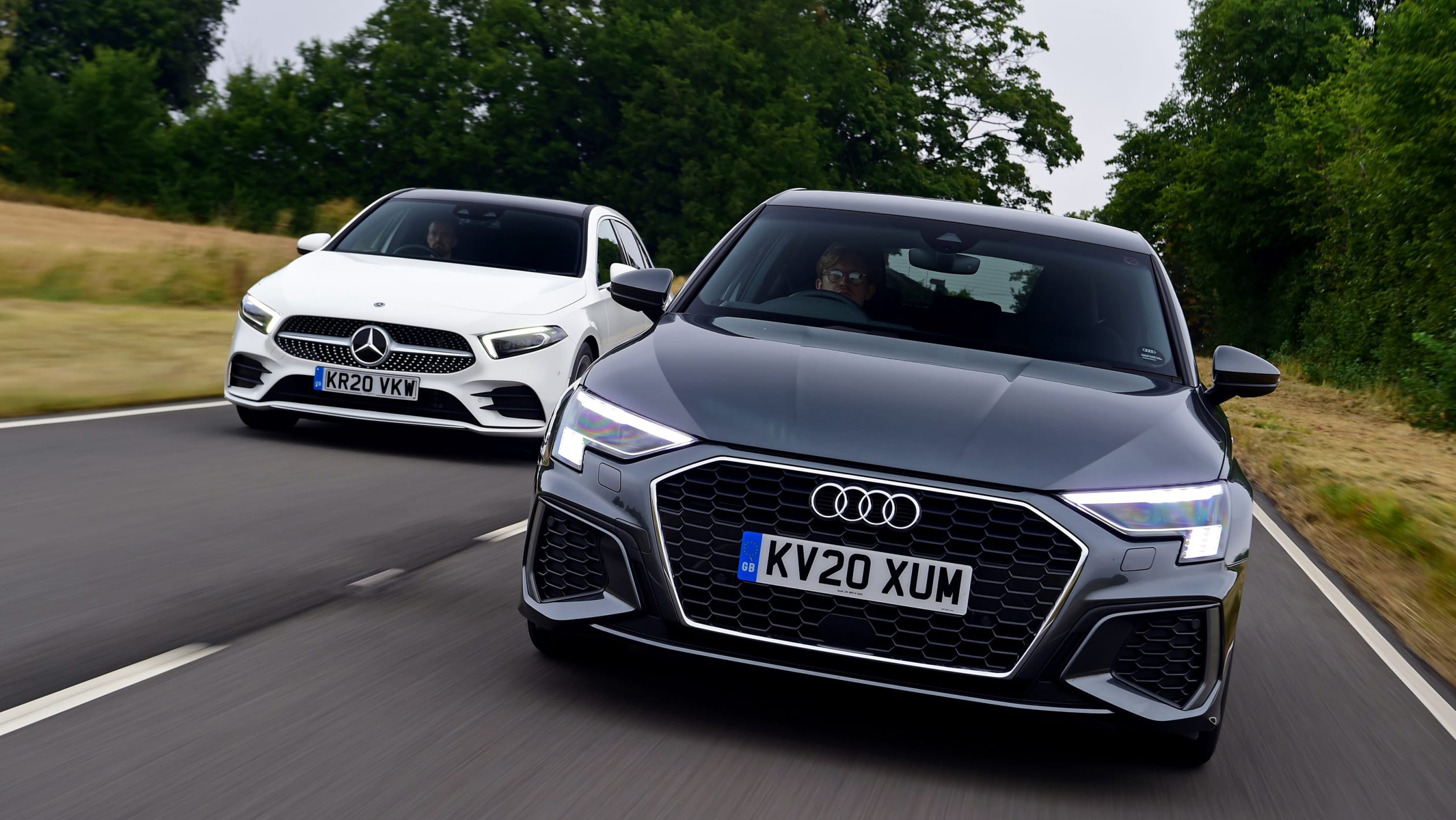
You sense the A-Class’s extra power over the A3, but only really at higher revs, where like the Audi the Mercedes’ 1.3-litre unit sounds a little more strained than at a cruise. However, refinement is good.
It’s 0.2 seconds quicker than its rival from 0-100km/h, taking 8.2 seconds, but both cars offer more than enough performance.
Both are great family cars and offer plenty of refinement to justify their price tags, but it’s the Mercedes that feels the quicker, more comfortable but better-handling car, even if its six-speed manual gearbox isn’t quite as sweet as the Audi’s.
Practicality
While the Mercedes is 10 litres down on the Audi when it comes to boot space with the rear seats up, both cars have 40:20:40 split-folding rear seats for greater flexibility. The A-Class counters has more room for passengers, and with the seat backs folded the Mercedes offers 10 litres more space, at 1210 litres.
Testers’ notes
“Both the A3 and A-Class are available as five-door hatches and four-door sedans; the previous A3’s three-door and convertible models have been axed.”
Verdict: Tied-first
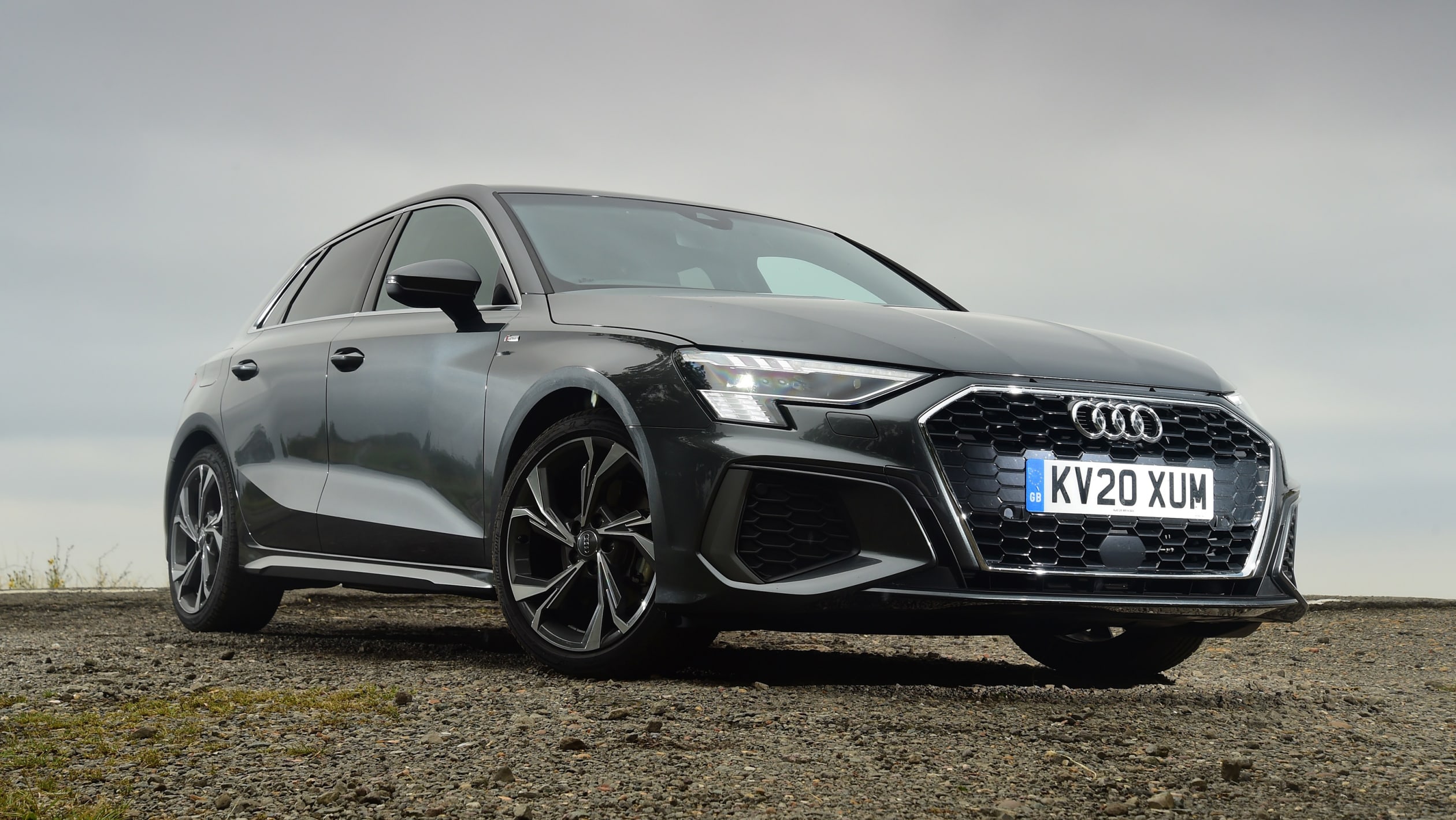
Audi A3
The A3 is a worthwhile evolution of the breed. It offers a little more boot space than the A-Class, it’s smooth and refined to drive and the infotainment has been brought into line with the Mercedes.
Mercedes A-Class
The A-Class has slightly more rear room, some great tech, and offers a little more performance.






